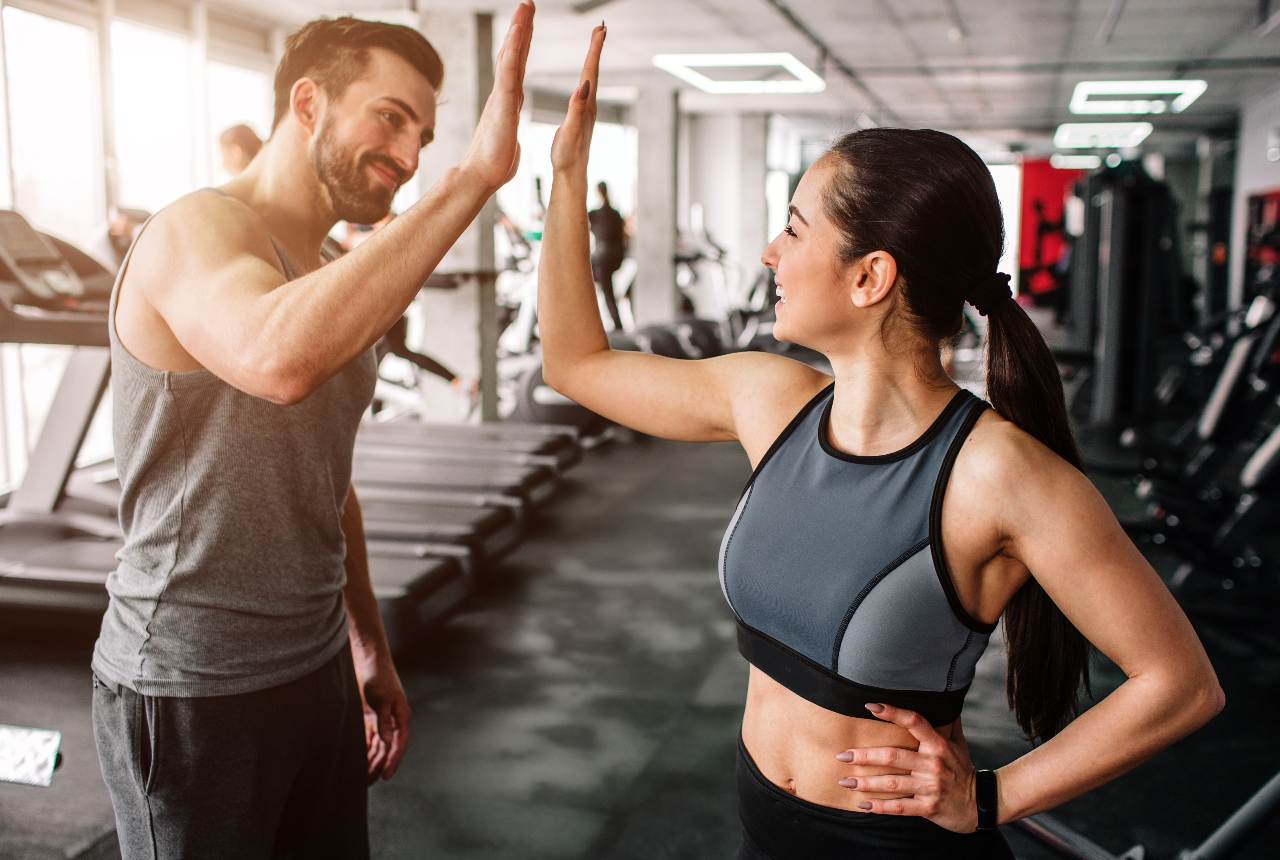How to Integrate Functional Fitness into Your Routine
Are you looking to revamp your fitness routine and improve your overall health and wellness? Functional fitness may be just what you need to take your workouts to the next level. In this article, we will explore the benefits of functional fitness, provide tips on how to integrate it into your daily routine, and discuss why it is essential for overall well-being.
What is Functional Fitness?
Functional fitness focuses on exercises that mimic real-life movements and activities, helping you build strength, flexibility, and endurance that can be applied to everyday tasks. Unlike traditional workouts that isolate specific muscle groups, functional fitness targets multiple muscle groups simultaneously to improve overall functionality and performance.
Benefits of Functional Fitness
One of the key benefits of functional fitness is its ability to improve your balance, coordination, and stability, reducing the risk of injuries and falls. Additionally, functional exercises can enhance your core strength, which is crucial for maintaining good posture and preventing back pain. By incorporating functional movements into your routine, you can boost your overall fitness levels and enhance your quality of life.
How to Integrate Functional Fitness into Your Routine
To incorporate functional fitness into your daily routine, start by identifying everyday movements that you can replicate in your workouts. Focus on exercises that engage multiple muscle groups and challenge your balance and coordination. Some examples of functional movements include squats, lunges, push-ups, and planks. You can also incorporate equipment like resistance bands, stability balls, and kettlebells to add variety to your workouts.
Tips for Success
When integrating functional fitness into your routine, remember to start gradually and gradually increase the intensity and complexity of your exercises. Listen to your body and avoid pushing yourself too hard, especially if you are new to this type of workout. Consistency is key, so aim to incorporate functional exercises into your routine at least three to four times a week to see the best results. Don’t be afraid to seek guidance from a fitness professional to ensure you are performing exercises correctly and safely.
Functional Fitness for All Ages
Functional fitness exercises are suitable for people of all ages and fitness levels. These movements can be easily modified to accommodate different abilities, making them accessible for everyone from beginners to advanced athletes. For older adults, functional fitness is especially beneficial as it helps maintain mobility, balance, and independence, reducing the risk of age-related injuries.
Functional Fitness and Mental Health
Beyond physical benefits, functional fitness can have a positive impact on mental health. Engaging in regular functional exercises has been shown to reduce stress, improve mood, and increase energy levels. The satisfaction of mastering new movements and achieving fitness goals can boost confidence and mental resilience, helping you feel more capable in both fitness and daily life.
Combining Functional Fitness with Other Workouts
Functional fitness can complement other workout routines, such as strength training, cardio, and flexibility exercises. By incorporating functional movements, you can improve the efficiency of your workouts and support the gains you make in other areas of fitness. Whether you’re lifting weights, running, or practicing yoga, functional fitness can enhance your performance and reduce the risk of injury.
Tracking Progress in Functional Fitness
To measure progress in functional fitness, track improvements in strength, flexibility, balance, and endurance over time. Keep a record of the exercises you do, the weights you lift, or the number of repetitions and sets completed. Celebrating small milestones, like holding a plank longer or mastering a new movement, can keep you motivated and committed to your functional fitness journey.













